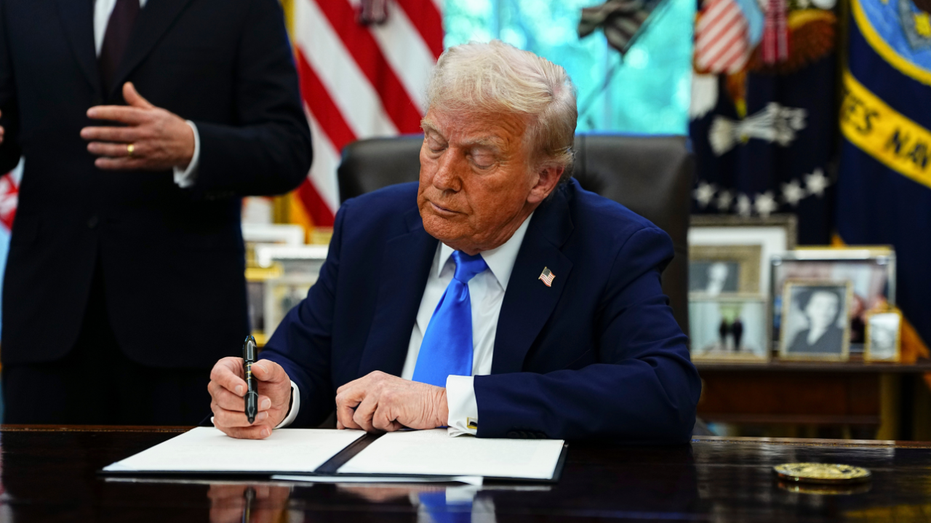A quiet storm has been brewing for years around a little-known visa program – H-1B – and it recently erupted into a full-blown political battle. Accusations fly of exploited loopholes, suppressed wages, and a fundamental threat to American jobs, while others champion it as a vital lifeline for innovation and global competitiveness.
At its core, the H-1B visa is designed to bring highly-skilled foreign workers to the United States, filling specialized roles that American companies claim they can’t fill domestically. These aren’t intended to be entry-level positions; the program requires a bachelor’s degree or its equivalent, seeking individuals with “exceptional merit and ability.”
The tech industry dominates H-1B applications, accounting for 60 to 70 percent of approvals. Consulting firms, engineering companies, healthcare organizations, and universities also heavily rely on the program to secure talent. But the sheer volume of applications – roughly 400,000 approved last year – has fueled intense scrutiny.
The program operates under a yearly cap of 65,000 visas, with an additional 20,000 reserved for those holding master’s degrees or higher. However, many universities and non-profit research institutions are exempt from this cap, effectively increasing the number of approvals each year.
A striking statistic reveals the program’s geographic concentration: nearly 73 percent of H-1B visa holders originate from India, followed by China at 12 percent. The remaining 15 percent is dispersed across numerous countries, none exceeding a 2 percent share.
Critics argue the program has strayed from its original purpose. Instead of attracting the world’s best and brightest, they claim it’s become a tool for companies to import cheaper labor, driving down wages for American workers and stifling domestic innovation. The debate transcends party lines, with voices from both sides expressing concern.
Recent legislative efforts aim to address these concerns. Bipartisan proposals seek to reform the program, close loopholes, and prioritize American workers. Even state governments are taking action, with Florida directing its universities to prioritize American graduates for employment.
However, powerful figures like Elon Musk fiercely defend the H-1B program, attributing much of his success – and the success of companies like SpaceX and Tesla – to the talent it attracts. He acknowledges the program’s flaws but proposes solutions like significantly raising minimum salaries and adding substantial yearly costs.
The global landscape adds another layer of complexity. As the U.S. grapples with H-1B reform, countries like China are launching similar programs to attract top talent, intensifying the competition for skilled workers. The U.S. Chamber of Commerce emphasizes the importance of remaining competitive.
Former President Trump took a particularly strong stance, issuing a proclamation that accused companies of deliberately exploiting the program to replace American workers with lower-paid foreign labor. This led to a proposed $100,000 fee for H-1B applications, a move met with swift legal challenges.
The Trump administration also sought to narrow the definition of “specialty occupation” and increase worksite inspections, aiming to crack down on potential abuses. These actions sparked a lawsuit from the U.S. Chamber of Commerce, arguing the new fee is unlawful and would cripple businesses.
The legal battle continues, and the future of the H-1B program remains uncertain. The debate is far from over, promising continued scrutiny and potential reform as the U.S. navigates the complex intersection of economic competitiveness, national security, and the livelihoods of its workforce.






